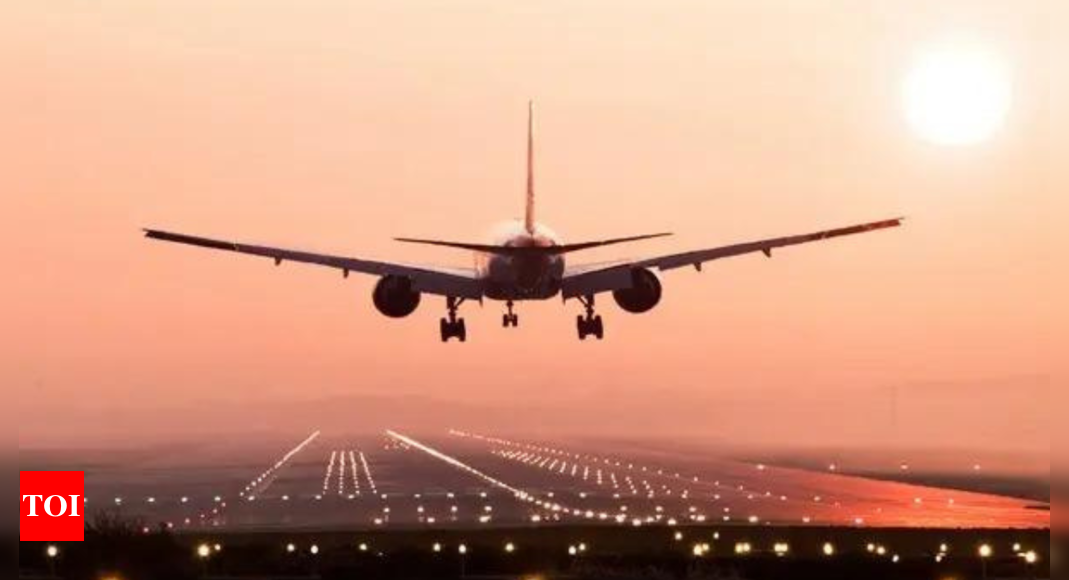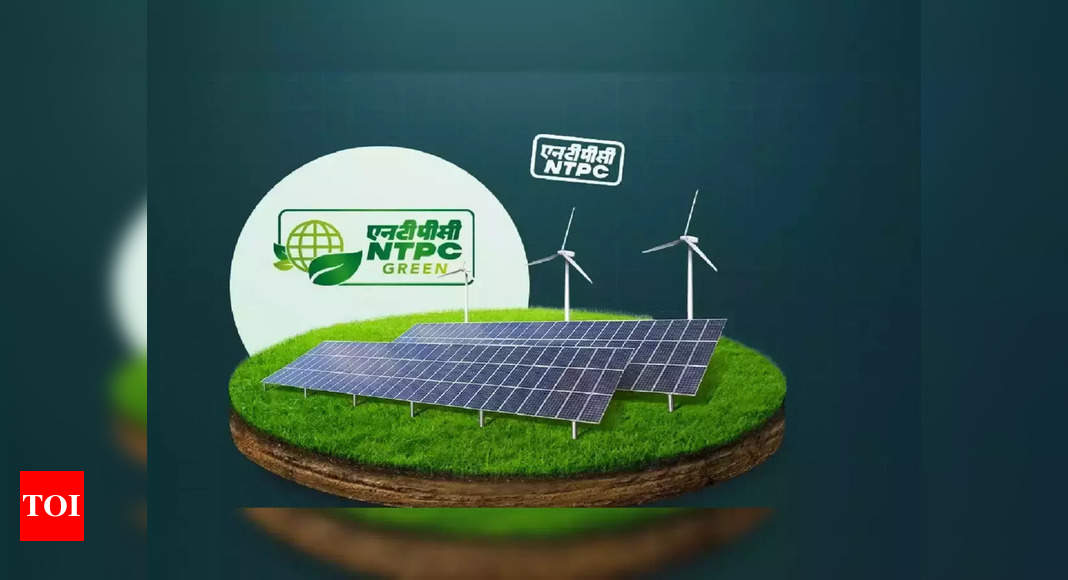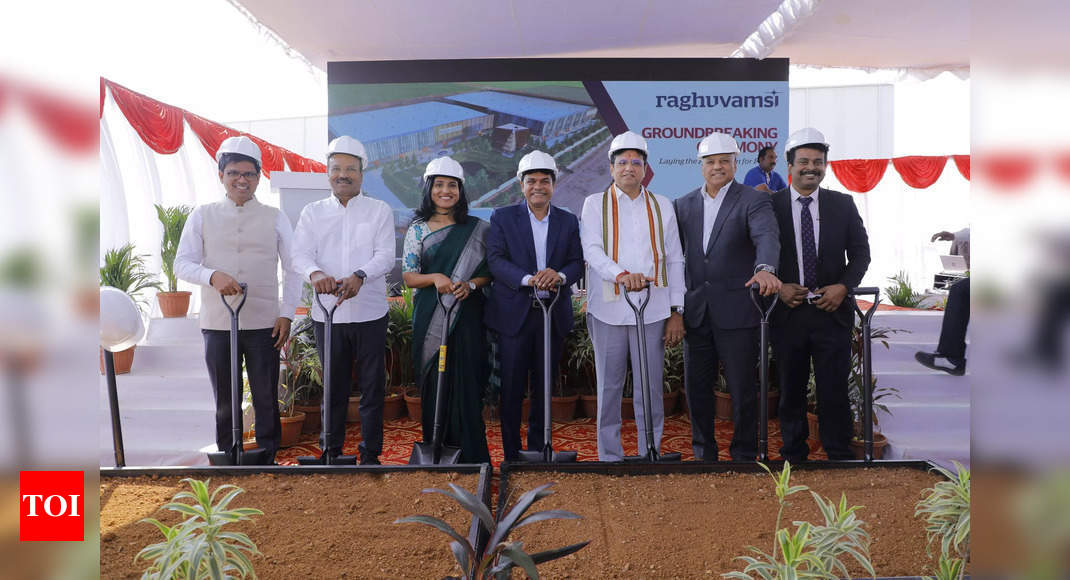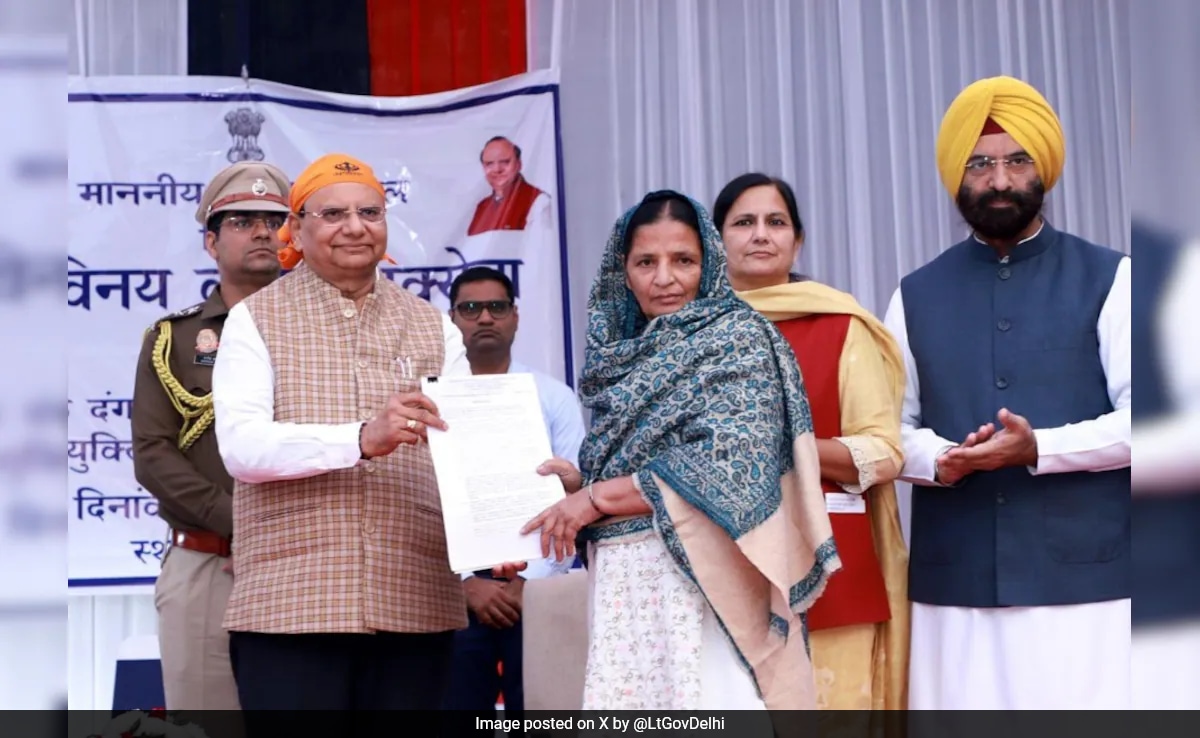
HONG KONG: Cathay Cargo, part of Cathay Pacific Airways, has said it wants Indian airlines to use its Hong Kong-based cargo terminal for various freight movements and is already in active discussion with one carrier.
According to Mark Watts, Chief Operating Officer of Cathay Cargo Terminal, the facility, with an annual shipment handling capacity of 2.7 million tonnes, is open for all airlines that fly into Hong Kong.
“We don’t currently have any Indian air carriers, but I would definitely like to have more Indian air carriers using the Cathay Cargo terminal, and we are in active discussions with one at the moment,” Watts told PTI in an interview.
He refused to reveal the name of the Indian carrier with which the talks are in progress.
Watts said the facility, spread over 1 lakh square metres, is “right-sized for the short and medium term”, and has scope for further expansion.
“In terms of our overall facility size, we actually think we’re right-sized for the short and medium term…we’ve got plenty of rooms to grow in terms of general cargo in Hong Kong. In terms of special cargo, we continually review the market, and we’ll look to build facilities within the cargo to monitor the system,” he said.
About the company’s expansion in India, Watts said Cathay Cargo has no immediate plans to operate cargo terminals around the world.
“…I think all I would say is, never say, never. If an opportunity presents itself in India or anywhere in the world where there might be an investment for Cathay Cargo Terminal. Of course, we’d have to, we’d look at that,” he said.
“We certainly welcome all Indian airlines to come and use our facilities when they’re flying in and out of Hong Kong. And we’re talking to a carrier at the moment. Talks are underway, so I can’t say too much about that, but I very much hope that comes to fruition”.
Tom Owen, Director Cargo told PTI in an interaction that Cathay Cargo has enough capacity to play an important role in India’s push for manufacturing and exports.
“Our strength is connecting India to the world, and that’s what India needs. It needs more capacity to connect to the world,” Owen said.
Watts said that Cathay Cargo aims to achieve net zero carbon emissions by 2050 and is working on various plans to reduce CO2 emissions.
“The big target for us is to try and be absolute net zero carbon emissions by 2050. We got a target to cut our carbon emission by 50 per cent by 2035,” he said.
The company has turned all the vehicles that are used inside the terminal into electric.
“In terms of the tractors that move between the terminals and aeroplanes… we are looking on how to decarbonise those and working sort of how we can replace them with sustainable fuel. Ultimately, we want to electrify that as well,” he said, adding that the company is also working with the Hong Kong Airport Authority on autonomous electric tractors.
Besides, the company has also started recycling plastic sheets that are used to cover various shipments.
“All those plastics get compressed and picked up by recycling suppliers. They turn them into resin pellets, and that same plastic comes back to us in a new cover sheet. We are also looking at whether we should be using biodegradable plastics, and still something we continue to look at,” he said.
According to Watts, the company has done a lot of experimentation with different types of plastic mixed in different climate conditions.
“…So monsoon in India, snowstorms in Anchorage (US), very hot weather down in Australia. I think we did some trials in hot weather to make sure what was the optimum amount of or what was the highest recycled plastic we could use while still ensuring that the plastic was waterproof,” he said.
About the use of artificial intelligence, Watts said Cathay Cargo is working on using an AI-enabled system to ensure the safety of workers at the cargo terminals and enhance operational efficiency.
“AI has got a number of huge applications that, again, will make our services more efficient, be better for our customers, but equally, be better for our people, because it really will help them do their job better, keep them safer and make their jobs more interesting,” Watts said.
According to Mark Watts, Chief Operating Officer of Cathay Cargo Terminal, the facility, with an annual shipment handling capacity of 2.7 million tonnes, is open for all airlines that fly into Hong Kong.
“We don’t currently have any Indian air carriers, but I would definitely like to have more Indian air carriers using the Cathay Cargo terminal, and we are in active discussions with one at the moment,” Watts told PTI in an interview.
He refused to reveal the name of the Indian carrier with which the talks are in progress.
Watts said the facility, spread over 1 lakh square metres, is “right-sized for the short and medium term”, and has scope for further expansion.
“In terms of our overall facility size, we actually think we’re right-sized for the short and medium term…we’ve got plenty of rooms to grow in terms of general cargo in Hong Kong. In terms of special cargo, we continually review the market, and we’ll look to build facilities within the cargo to monitor the system,” he said.
About the company’s expansion in India, Watts said Cathay Cargo has no immediate plans to operate cargo terminals around the world.
“…I think all I would say is, never say, never. If an opportunity presents itself in India or anywhere in the world where there might be an investment for Cathay Cargo Terminal. Of course, we’d have to, we’d look at that,” he said.
“We certainly welcome all Indian airlines to come and use our facilities when they’re flying in and out of Hong Kong. And we’re talking to a carrier at the moment. Talks are underway, so I can’t say too much about that, but I very much hope that comes to fruition”.
Tom Owen, Director Cargo told PTI in an interaction that Cathay Cargo has enough capacity to play an important role in India’s push for manufacturing and exports.
“Our strength is connecting India to the world, and that’s what India needs. It needs more capacity to connect to the world,” Owen said.
Watts said that Cathay Cargo aims to achieve net zero carbon emissions by 2050 and is working on various plans to reduce CO2 emissions.
“The big target for us is to try and be absolute net zero carbon emissions by 2050. We got a target to cut our carbon emission by 50 per cent by 2035,” he said.
The company has turned all the vehicles that are used inside the terminal into electric.
“In terms of the tractors that move between the terminals and aeroplanes… we are looking on how to decarbonise those and working sort of how we can replace them with sustainable fuel. Ultimately, we want to electrify that as well,” he said, adding that the company is also working with the Hong Kong Airport Authority on autonomous electric tractors.
Besides, the company has also started recycling plastic sheets that are used to cover various shipments.
“All those plastics get compressed and picked up by recycling suppliers. They turn them into resin pellets, and that same plastic comes back to us in a new cover sheet. We are also looking at whether we should be using biodegradable plastics, and still something we continue to look at,” he said.
According to Watts, the company has done a lot of experimentation with different types of plastic mixed in different climate conditions.
“…So monsoon in India, snowstorms in Anchorage (US), very hot weather down in Australia. I think we did some trials in hot weather to make sure what was the optimum amount of or what was the highest recycled plastic we could use while still ensuring that the plastic was waterproof,” he said.
About the use of artificial intelligence, Watts said Cathay Cargo is working on using an AI-enabled system to ensure the safety of workers at the cargo terminals and enhance operational efficiency.
“AI has got a number of huge applications that, again, will make our services more efficient, be better for our customers, but equally, be better for our people, because it really will help them do their job better, keep them safer and make their jobs more interesting,” Watts said.









